The Onin War: Ancient Japan’s Longest War
If you compare Kyoto to Japan’s other very ancient capital, Nara, you will notice something odd; Nara has plenty of ancient buildings, many over 1,000 years old, but Kyoto has almost no buildings with similar longevity. Somehow, despite not receiving any damage in WWII, Kyoto has few buildings over 1,000 years old— why? The reason for Kyoto’s absence of such old buildings is none other than the notorious Onin War.
Prelude to the Onin War
After Ashikaga Yoshimitsu (founder of Kinkaku-ji) died, his son Yoshimochi became a shogun for Muromachi government. However, in part, because Yoshimitsu liked his second son, Yoshitsugu, more than Yoshimochi, Yoshimochi rejected whatever his father did.
After his father’s death, he destroyed most of the Kinkaku-ji except the golden pavilion and suspended trade with China. Tensions between Yoshimochi and Yoshitsugu rose quickly and before long, both brothers were pointing swords at each other. In the end, Yoshimochi killed his brother Yoshitsugu.
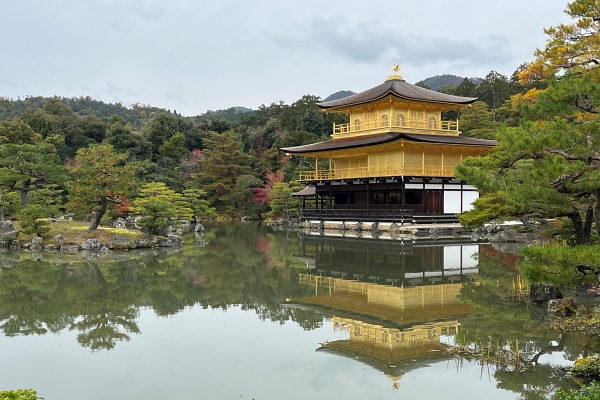
After this violent power struggle, the Ashikaga shogunate became plagued with succession problems. A lack of heirs, sudden deaths, and assassinations, all helped to severely undermine the power and authority of the Muromachi government and put it on a crash course for destruction.
Ashiakaga Yoshimasa, the Founder of Ginkaku-ji
Finally, the position of shogun fell to Ashikaga Yoshimasa [足利義政], better known as the founder of Ginkaku-ji. There was only one slight problem; he was only 8 years old at the time. Because of his young age, trusted officials oversaw the government on his behalf. Still, from the very beginning of his reign, Yoshimasa witnessed constant conflict among his subordinates, leaving him unenthusiastic about the role his in the future.
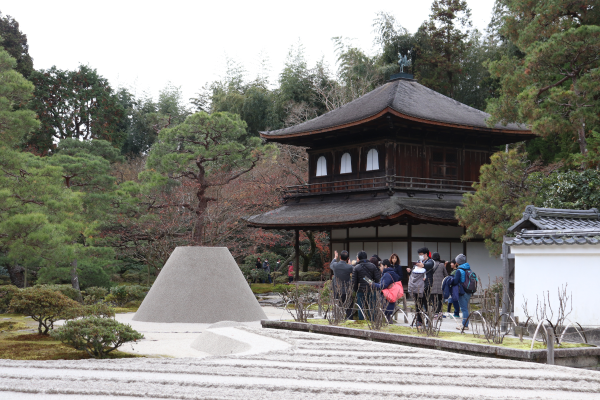
Yoshimasa continued to lose interest in politics. When he married Hino Tomiko [日野富子], of the very wealthy and famous Hino clan things only got more politically complicated. By marrying her, Yoshimasa further upset the very delicate balance of political families who ran the government. As his owes compounded, Yoshimasa realized he was not good at politics and he devoted himself to enjoying his hobbies; high culture and the fine arts.
Follow the Leader
His withdrawal from the political world could not have come at a worse time. The Hatakeyama clan, one of Japan’s most influential families, also needed someone to serve as head of the clan. In order to help settle the matter Asahikaga Yoshimasa intervened and appointed Yoshinari to be the head of the Hatakeyama clan. However, Yoshimasa abruptly changed his mind and appointed his cousin Masanaga instead. Yoshimasa’s indecisiveness divided the Hatakeyama clan.
This power struggle lead to Yoshinari consulting Yamana Sozen for his support, while Masanaga sought the backing of Hosokawa Katsumoto. As both Yoshinari and Masanaga complied their forces, it was clear that this matter would not be resolved peacefully.
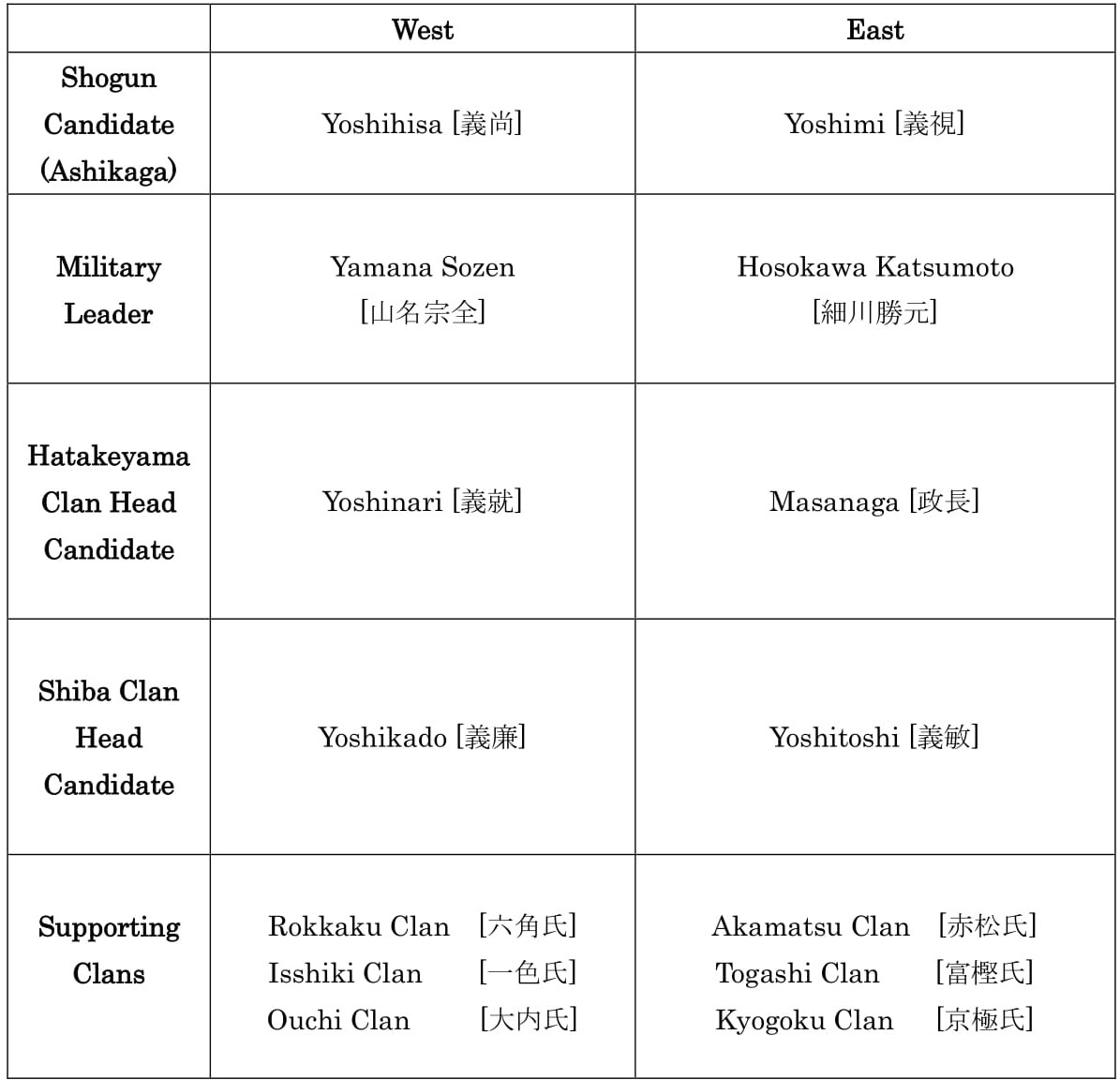
However, the Hatakeyama clan wasn’t the only one with problems. Due to his complete lack of interest in politics, Ashikaga Yoshimasa wanted to retire as soon as possible. But first, he needed to find his successor.
Since he didn’t have any children he appointed his brother, Yoshimi, to be the next shogun and ordered Hosokawa Katsumoto to oversee him. However, soon after Yoshimi’s appointment, Yoshimasa’s wife became pregnant and gave birth to a son, Yoshihisa. Because Tomiko wanted her child to be the next shogun, Tomiko contacted Yamana Sozen to ask for his support.
At this point, the Muromachi government split into two factions: those who sided with Yamana Sozen, and those who sided with Hosokawa Katsumoto. To make things even more complicated and another powerful family, the Shiba clan, also lacking a head of the clan, joined the conflict.
Once the Shiba’s joined, every major clan in Japan and all the clans serving them, was on one side or another. At last, in 1467, samurai from all over the county gathered in Kyoto and the Onin War finally began.
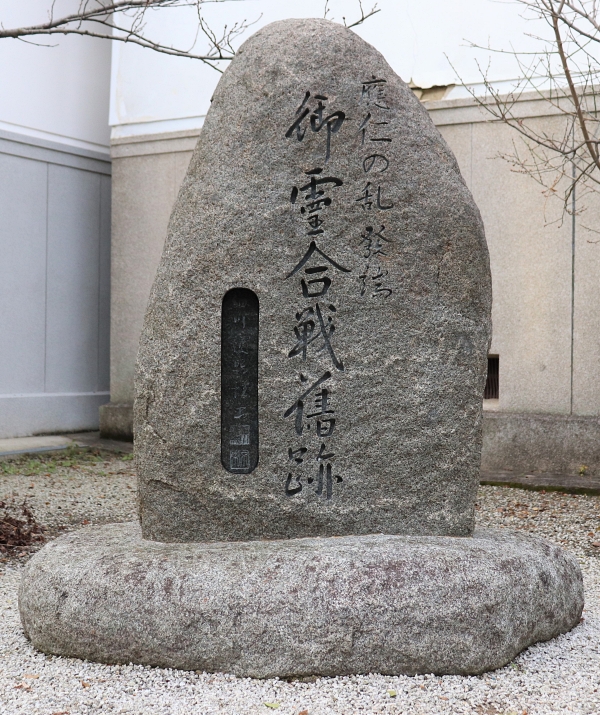
The Onin War
The Onin War was massive. The number of soldiers led by Yamana Sozen (West) and Yoshimasa’s son Ashikaga Yoshihisa was 110,000, while Hosokawa Kastumoto and Ashikaga Yoshimi (East) was 160,000–a grand total of 270,000 soldiers! This war was without question the biggest war in Japan’s history, bigger than even the Sekigahara War.
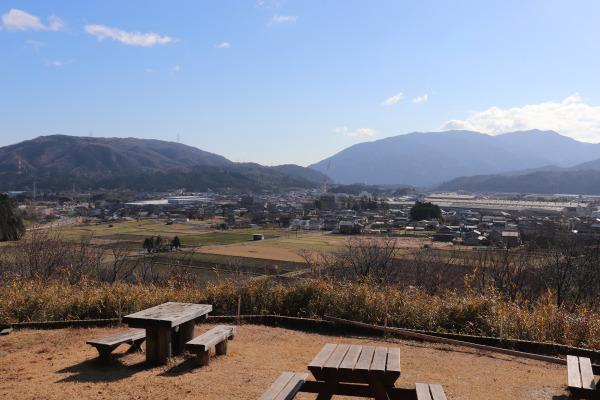
Since the East outnumbered the West, at first the West had the upper hand. However, the tables turned after new troops led by Ouchi Masahiro of the Sanin region joined the West’s forces.
Feeling like he needed to do something to bring an end to the war, Yoshimi tried to seek a treaty with Yoshihisa. Ultimately, this attempt at a treaty was massively unsuccessful, in part due to Yoshimasa further meddling in an already delicate matter behind the scenes.
It is unclear why, but at this time the West approached Yoshimi and convinced him that he was more likely to be shogun if he fought with the West. So, Yoshimi betrayed the East and switched sides. Meanwhile, Yoshihisa and his father Yoshimasa, suddenly joined the forces in the East. As more and more people continued to join the war, they too would quickly turn around and betray one another leading to total chaos.
Raids in Kyoto
If things weren’t already complicated and vicious enough low rank bushi, called ashigaru, made this war even more chaotic than it was already. During the Muromachi Period, these low-rank bushi were often farmers only becoming fighters when it was necessary. They had no special training or education.
In short, all they did was loot and burn Kyoto and their actions are the main reason why there are no shrines or temples in Kyoto over 1,000 years old standing today.
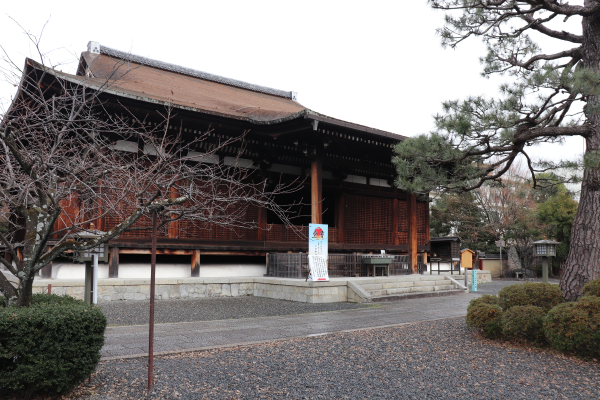
Needless Actions
There was only one person who could stop this war: Ashikaga Yoshimasa. After all, one of the reasons why the war began was because of who would become his successor: Yoshimi or Yoshihisa. Instead, Yoshimasa simply enjoyed his time writing poetry. In addition, rather than trying to stop the war his wife, Hino Tomiko, earned a fortune by loaning money for the war.
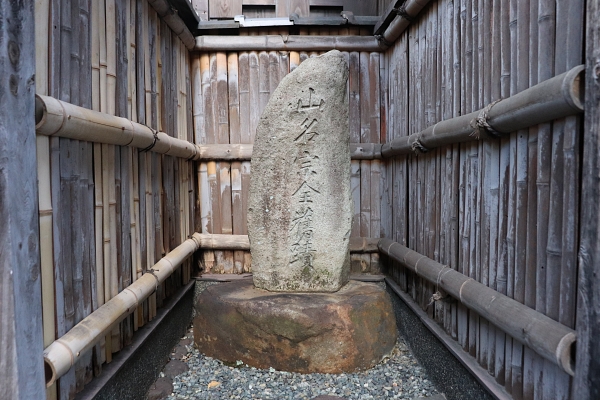
The Onin War gained so much momentum, it seemed to have no end in sight. Even when Hosokawa Katsumoto and Yamana Sozen both died almost at the same time from illness, the fighting just kept right on going. Even after Yoshihisa was appointed to be the next shogun, the war didn’t stop.
After the Onin War
The Onin War lasted a total of 11 long years. There was no victor and nobody acquired anything. The war destroyed Kyoto, forcing many to leave for smaller prosperous cities like Sakai and Matsue.
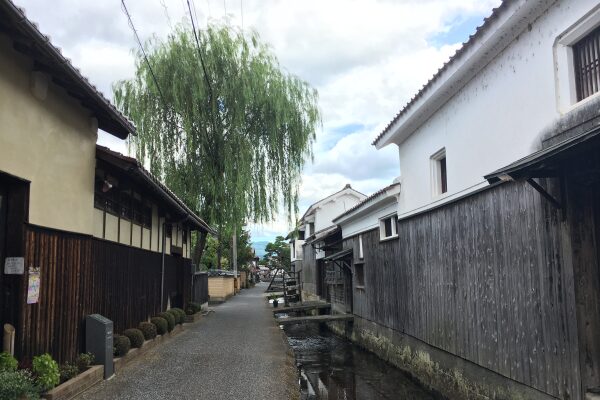
Though Yoshimasa was certainly not a good politician, his passion for the traditional arts was extraordinary. Particularly, Ashikaga Yoshimasa created Japanese wabi-sabi culture. Because of this, he by extension created the basis of Japanese tea ceremony and ink painting. After the Onin war, Yoshimasa moved to the Ginkaku-ji and enjoyed his life there gardening, enjoying tea, and watching Noh.
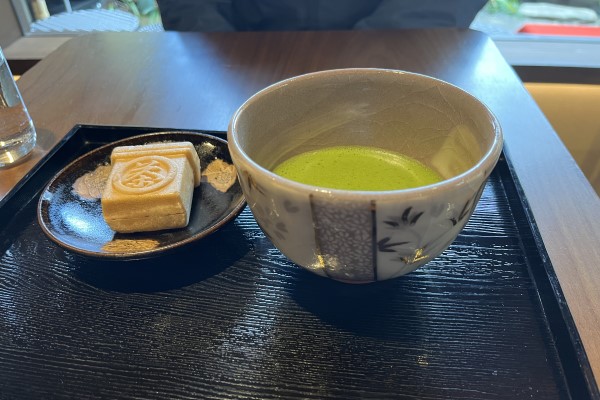
Among other things, the most important change after Onin War was that Japan became a place for more ambitious and power-hungry people. While their warlords were fighting in Kyoto and ignored the country’s politics, lower rank generals or officials took control of things and ran the government. Each on their own found a way to protect themselves or acquire their neighbors; basically, they acted like an independent country.
The rise of these new powerful people also led to even more wars with people constantly fighting for the country. Though horrible and drawn out, this one war single-handedly started an era of even more war and human suffering; the Sengoku Period.
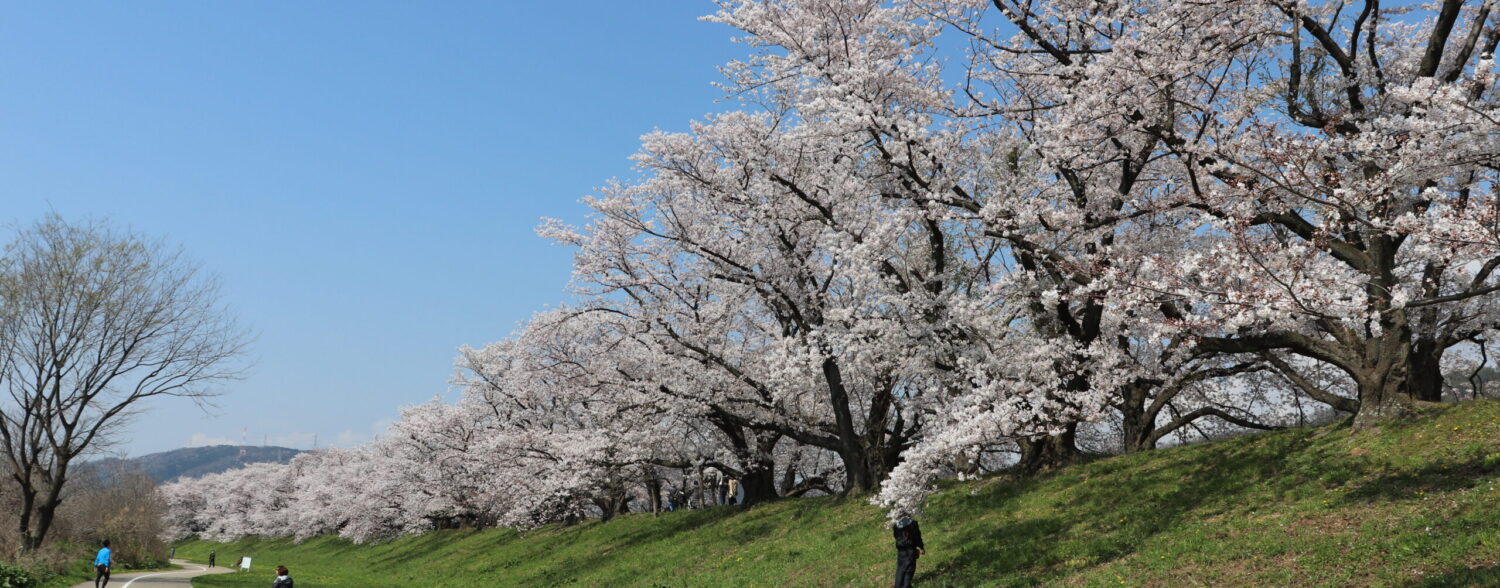
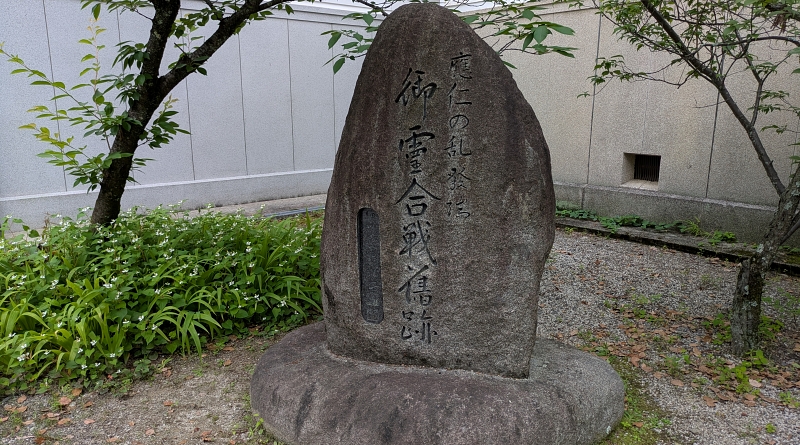
Leave a Reply